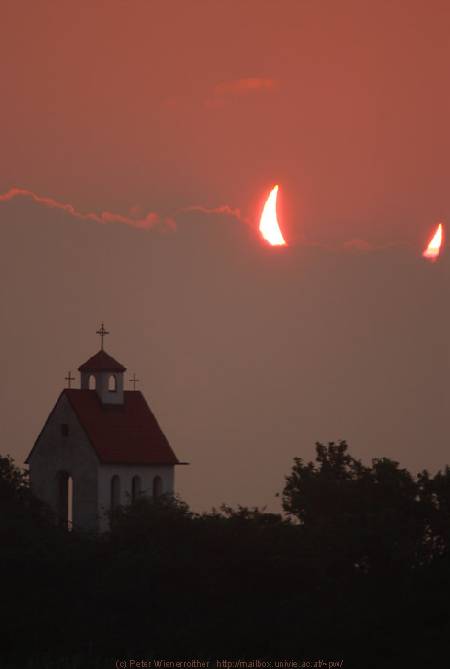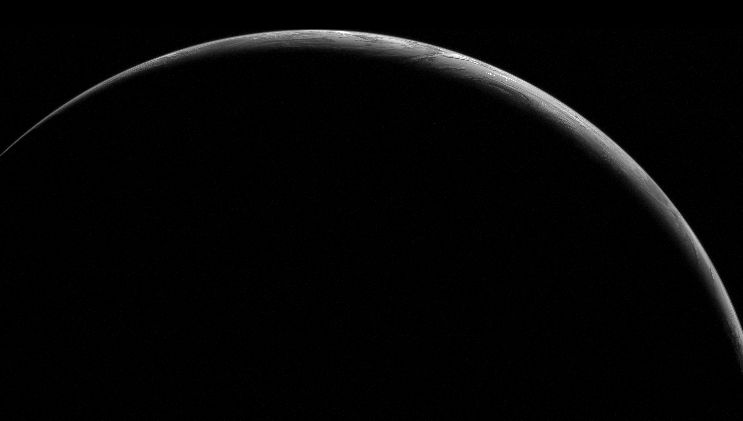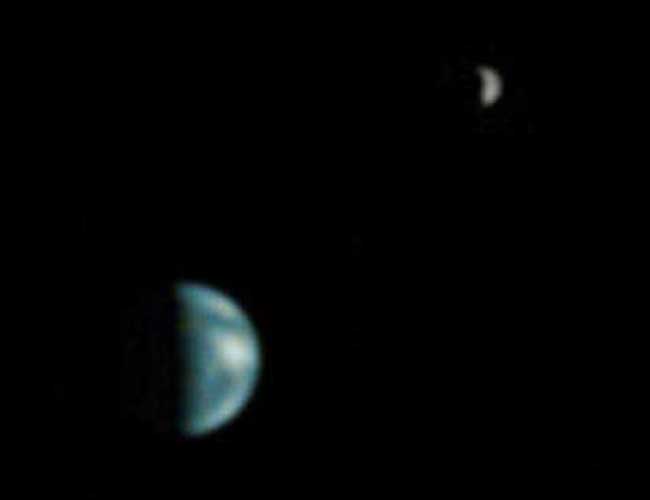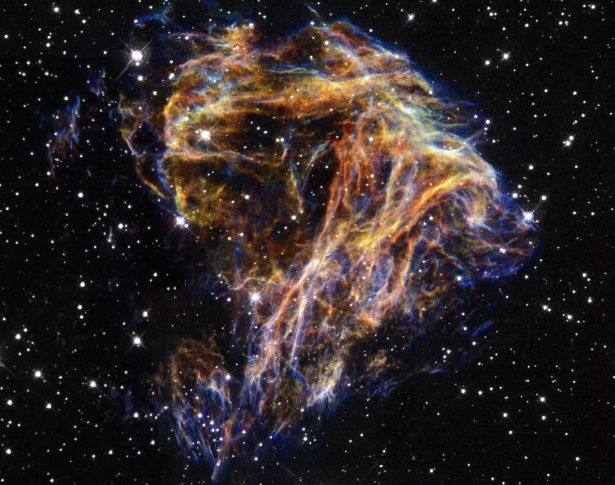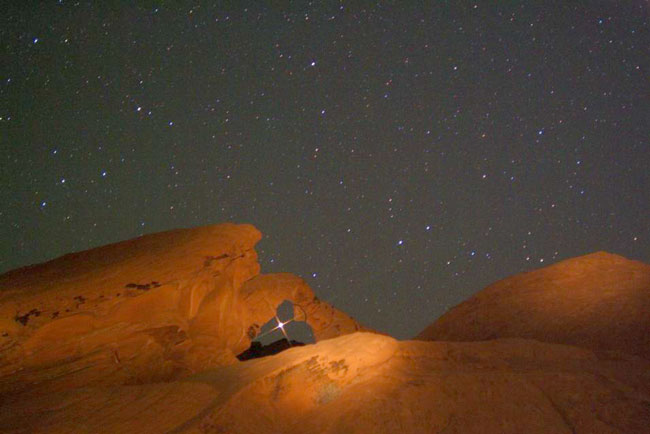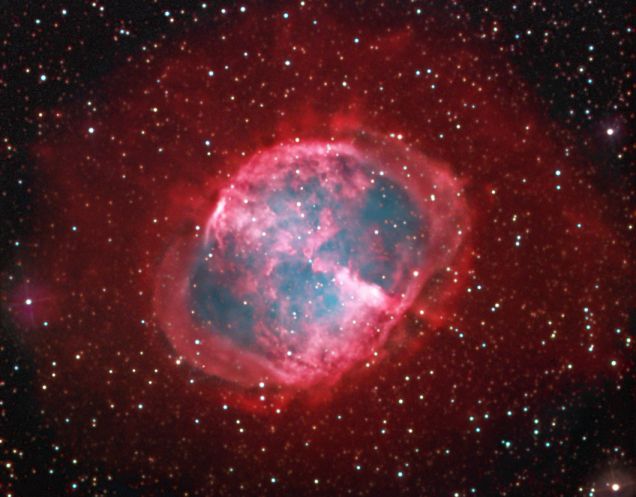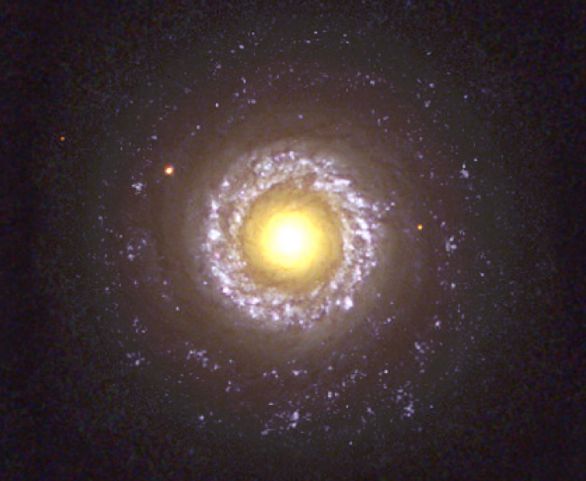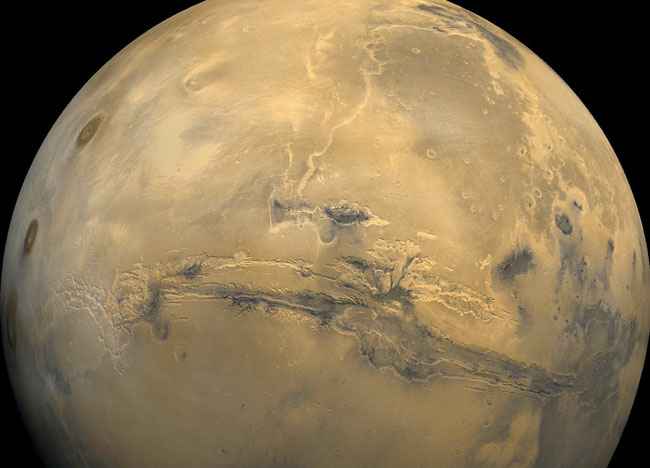You are using an out of date browser. It may not display this or other websites correctly.
You should upgrade or use an alternative browser.
You should upgrade or use an alternative browser.
Satan Sneak-Attacks Area Church (Very Cool Pic Inside, No Boobies!)
- Thread starter Phaedrus
- Start date
Dark energy' seems to be pulling cosmos apart
By comparing maps of heat emanating from the fading remnants of the Big Bang to maps of the modern universe, astronomers say they've uncovered evidence that some "dark energy" is wrenching the universe apart.
The new work, they say, provides independent confirmation of one of the strangest astronomical findings in recent years — that, based on studies of distant exploding stars, the expansion of the universe is speeding up.
The simplest explanation, astrophysicists say, is that space is imbued with a repulsive, or antigravitational, force first hypothesized in 1917 by Albert Einstein and known as the cosmological constant.
Using the maps, a multinational team of 33 astrophysicists found "the shadow of dark energy" in the form of a slight boost in the energy of the radiation from the Big Bang as it passed through huge clouds of galaxies.
The team says its results represent an important validation of the emerging consensus of a universe dominated by mysterious dark matter and even more mysterious dark energy.
Adam Riess, an astronomer at the Space Telescope Science Institute in Baltimore, says dark energy is becoming "the great cosmological detective story of today.
"If we can just keep collecting a few more clues about it, we might actually be able to figure out what the heck it is."
The most recent results were obtained by combining data from the Sloan Digital Sky Survey, which is mapping the distances and positions of more than 1 million galaxies, with NASA's Wilkinson Microwave Anisotropy Probe. The satellite probe is mapping the intensity of a faint cosmic microwave radiation that fills the sky and is presumed to represent heat emanating from the remains of the Big Bang when the universe was some 380,000 years old.
The cosmic radiation is rippled with hot and cool spots.
Some of these are the result of lumps in the primordial cosmic gravy and are the seeds of galaxies and other conglomerations of matter.
But other hot spots, theorists point out, may be generated by the microwaves' passage through the modern universe.
As a microwave passes through a large cloud of galaxies, its energy will first increase, as a rolling marble speeds up when it hits a dip in the road. Later, as the microwave leaves the cloud, gravity will take away some energy, as the marble climbs out of the dip.
In a universe that is geometrically "flat" and has no dark energy, these effects will cancel out. But in an accelerating universe, the microwaves will gain energy and thus appear hotter in the largest agglomerations of matter, so-called superclusters still in the process of forming.
In such systems, tens of millions of light-years across, the force of dark energy trying to push the cloud apart is winning the battle over the gravity trying to pull the galaxies together.
As a result, the cloud gets less dense rather than denser as the microwaves are going through it. And it takes less energy for them to climb back out than they acquired falling in.
By comparing maps of heat emanating from the fading remnants of the Big Bang to maps of the modern universe, astronomers say they've uncovered evidence that some "dark energy" is wrenching the universe apart.
The new work, they say, provides independent confirmation of one of the strangest astronomical findings in recent years — that, based on studies of distant exploding stars, the expansion of the universe is speeding up.
The simplest explanation, astrophysicists say, is that space is imbued with a repulsive, or antigravitational, force first hypothesized in 1917 by Albert Einstein and known as the cosmological constant.
Using the maps, a multinational team of 33 astrophysicists found "the shadow of dark energy" in the form of a slight boost in the energy of the radiation from the Big Bang as it passed through huge clouds of galaxies.
The team says its results represent an important validation of the emerging consensus of a universe dominated by mysterious dark matter and even more mysterious dark energy.
Adam Riess, an astronomer at the Space Telescope Science Institute in Baltimore, says dark energy is becoming "the great cosmological detective story of today.
"If we can just keep collecting a few more clues about it, we might actually be able to figure out what the heck it is."
The most recent results were obtained by combining data from the Sloan Digital Sky Survey, which is mapping the distances and positions of more than 1 million galaxies, with NASA's Wilkinson Microwave Anisotropy Probe. The satellite probe is mapping the intensity of a faint cosmic microwave radiation that fills the sky and is presumed to represent heat emanating from the remains of the Big Bang when the universe was some 380,000 years old.
The cosmic radiation is rippled with hot and cool spots.
Some of these are the result of lumps in the primordial cosmic gravy and are the seeds of galaxies and other conglomerations of matter.
But other hot spots, theorists point out, may be generated by the microwaves' passage through the modern universe.
As a microwave passes through a large cloud of galaxies, its energy will first increase, as a rolling marble speeds up when it hits a dip in the road. Later, as the microwave leaves the cloud, gravity will take away some energy, as the marble climbs out of the dip.
In a universe that is geometrically "flat" and has no dark energy, these effects will cancel out. But in an accelerating universe, the microwaves will gain energy and thus appear hotter in the largest agglomerations of matter, so-called superclusters still in the process of forming.
In such systems, tens of millions of light-years across, the force of dark energy trying to push the cloud apart is winning the battle over the gravity trying to pull the galaxies together.
As a result, the cloud gets less dense rather than denser as the microwaves are going through it. And it takes less energy for them to climb back out than they acquired falling in.
Big Lou
Most of the images made of interstellar space objects are colour-enhanced. Hubble and Chandra are good, but they aren't that damned good.
For whatever reason, most images made of objects within our own solar system are not enhanced.
No real opinion on the lunar landing controversy. I've seen the evidence presented by those who say we never really made it; some parts really do make me stop and think, but can't the same be said of any good conspiracy theory?
Two more (enhanced natch)
A pulsar inside the Crab Nebula:
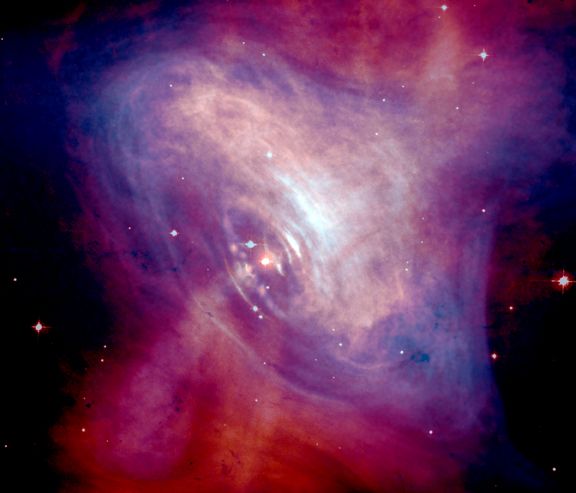
Galactic Supernova Remnant IC 443

Phaedrus
Most of the images made of interstellar space objects are colour-enhanced. Hubble and Chandra are good, but they aren't that damned good.
For whatever reason, most images made of objects within our own solar system are not enhanced.
No real opinion on the lunar landing controversy. I've seen the evidence presented by those who say we never really made it; some parts really do make me stop and think, but can't the same be said of any good conspiracy theory?
Two more (enhanced natch)
A pulsar inside the Crab Nebula:

Galactic Supernova Remnant IC 443

Phaedrus
